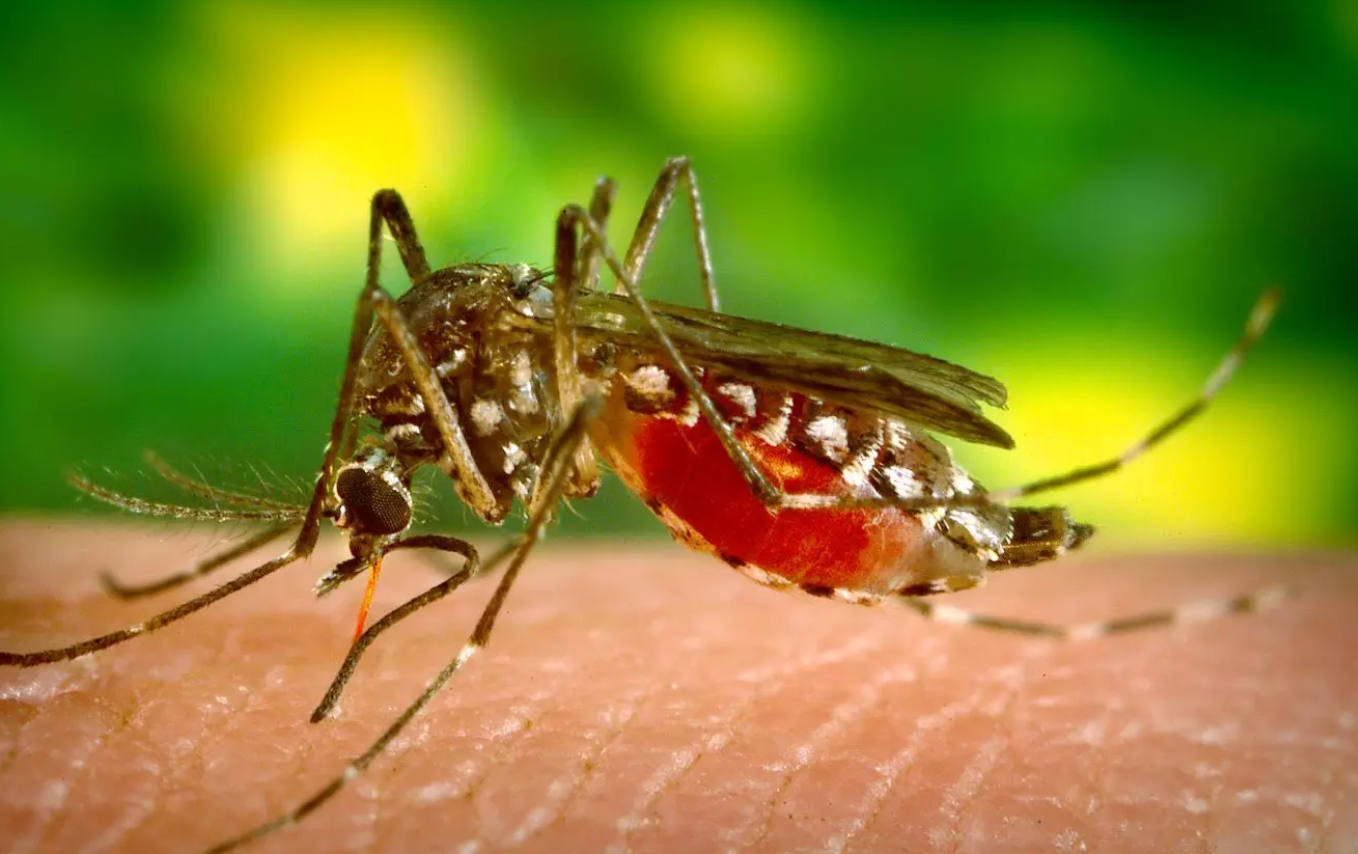
The Centers for Disease Control and Prevention (CDC) identifies several regions with “frequent or continuous dengue transmission,” including six U.S. territories and freely associated states like Puerto Rico, American Samoa, and the U.S. Virgin Islands.
The CDC issued a recent alert highlighting an elevated risk of dengue fever infections in the United States, with at least 2,241 cases reported nationwide this year. While Florida, New York, and Massachusetts recorded the highest numbers within the continental U.S., Puerto Rico reported nearly 1,500 cases in 2024. U.S. travelers also reported 745 cases. Puerto Rico responded with a public health emergency declaration in March, following a global alert by the WHO in December.
The spread of dengue has been exacerbated by favorable conditions brought about by El Niño, facilitating mosquito breeding and virus transmission. Globally, dengue affects approximately 400 million people annually, underscoring the importance of awareness and preventive measures.
Dengue fever is a viral illness spread by mosquitoes, particularly the Aedes species. It’s common in warm, tropical areas like Southeast Asia, the Caribbean, and parts of South America. The virus has four types, and getting one type doesn’t protect you from the others. Symptoms include sudden high fever, severe headache, joint and muscle pain, rash, and sometimes mild bleeding from the nose or gums. In serious cases, dengue can lead to severe bleeding, organ damage, and shock. There’s no specific treatment, so care focuses on managing symptoms. Prevention involves avoiding mosquito bites with repellents and protective clothing and eliminating mosquito breeding sites like standing water.
To minimize exposure to Aedes mosquitoes, which transmit the virus, use mosquito repellent on exposed skin and clothing. Wear long sleeves, pants, socks, and closed-toe shoes, especially during peak mosquito activity times in the early morning and late afternoon. Use mosquito nets over beds if sleeping outdoors or in areas with inadequate window screens. Eliminate standing water sources where mosquitoes breed, such as in flowerpots, bird baths, and containers. Maintain clean surroundings by disposing of garbage properly and ensuring gutters and drains are clear. Community efforts like neighborhood clean-ups and educational campaigns also contribute to reducing mosquito populations and preventing dengue transmission. These measures collectively help protect against dengue fever in the United States.















